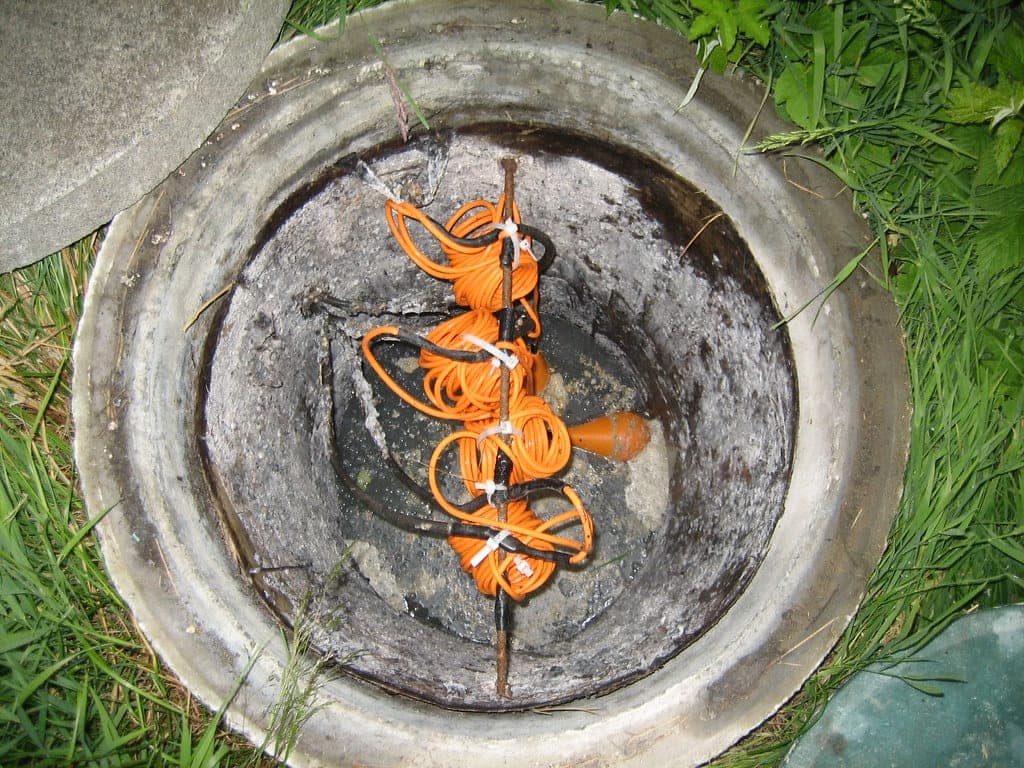
Time for Clean Out – Signs That Shows Septic Tank Needs Pumping
Septic tanks are nature’s party animals! This underground rager starts when your waste floats down to join the fun. Solid stuff drops to the bottom for some funky enzyme action that breaks it down into liquid. The liquids keep rocking’, sloshing into the next chamber to get the flow going. Then it’s time to spread the love, baby! The liquid spills out into the leach field’s web of pipes to share the joy with the soil. What a trip!
But like any epic party, a septic tank needs some care. Overload this plumbing playground or clog the flow, and the jams will grind to a halt. A packed house is no fun for anyone. Keep an eye on your tank’s party meter to ensure the good times don’t get too wild. Stay chill and let your tank’s inner party animal shine on!
Safety Points to Remember
I know what you’re thinking – “I got this! How hard can it be to poke around a stinky septic tank?” Let me stop you right there, DIY daredevil. Septic tanks are a nasty business, and not just because of the, ahem, “material” inside. Between the toxic fumes that could go KABLAM at any moment and bacteria with names straight from a George R.R. Martin novel, septic tanks are more dangerous than your mother-in-law’s cooking!
So, grab a beverage and put your feet up. This guide will explain how to inspect your septic tank without succumbing to a grisly demise. You provide the witty commentary, and I’ll handle the dirty details. Just remember – some jobs are best left to the experts. Your safety and plumbing are too important to DI-WHY. Leave septic work to the pros, and you can flush with confidence!
Thing To Do When Septic Tank Is Full
A septic tank holds a limited amount of waste to sustain the bacteria inside that break down the waste. However, if waste cannot drain out of the tank, it will fill up and overflow into the surrounding area—an unsightly result.
When this happens, you must have the tank pumped out and serviced. A septic service will locate the tank, remove the cover, insert a hose to pump out the waste, clear any clogs, and replenish the bacteria. Maintaining a septic system requires this intricate but critical process.
Signs That Shows Septic Tank Needs Pumping
Instead of risking contact with a potentially hazardous tank, you can look for these signs that show septic tank needs pumping:
1. Slow Drains: Drains throughout your house could be more active, with water pooling in showers, toilets taking longer to flush, and dishwashers not emptying. While this could also indicate clogged pipes, a full septic tank is worth considering.
2. Unpleasant Yard Odors: Septic tanks naturally have a mild odor, but a strong sewage smell in your yard suggests the tank is full and struggling to contain the odorous gasses.
3. Excessively Lush Greenery: The liquid overflowing from a full tank acts as a fertilizer, causing the grass and plants near the septic tank to appear unusually lush and green. This includes a concentration of weeds or flowers in the area.
4. Puddles in the Yard: If the septic tank is full and continues to receive wastewater, the excess liquid may overflow and cause puddles in your yard, especially if the ground is poorly drained. This water might be clear but is still contaminated.
5. Increased Fly and Midge Activity: These insects are attracted to the moist environment and organic matter present in a malfunctioning septic system, with drain flies breeding in the tank and midges thriving in any standing water caused by the issue.
6. Gurgling Sounds in Pipes: When the septic tank is clogged, air gets trapped in the pipes, creating “burping” sounds as waste travels through them. These gurgling noises can be heard from drains and toilets.
7. Sewer Backups in the House: This is the most alarming sign, indicating a complete blockage in the system. Waste from upper floors may back up into drains on lower floors, such as showers, sinks, toilets, or even floor drains.
If you notice any of these signs that shows the septic tank needs pumping, it’s crucial to address the issue promptly to prevent further problems and potential environmental contamination. Consider contacting a septic tank professional for inspection and pumping services.
Septic Tank Check: Knowing When to DIY and When to Call a Pro

While the previous tips offer valuable clues about potential septic tank issues, they could be more foolproof. The tank could be filling even without exhibiting any of these signs. This is why scheduling regular inspections by a licensed septic tank professional is crucial.
DIY Septic Tank Check Limitations:
- Incomplete picture: Signs like slow drains or strange odors can be caused by various plumbing problems, not just a full septic tank. A professional can diagnose the root cause accurately and efficiently.
- Safety concerns: Opening and inspecting a septic tank can be hazardous due to the presence of harmful gases and potential overflows. Professionals have the necessary training and equipment to handle these risks safely.
Benefits of Professional Septic Tank Services:
- Accurate diagnosis: They can precisely determine the tank’s health and recommend the appropriate course of action, whether it’s pumping, maintenance, or repairs.
- Safe and efficient: They possess the expertise and tools to handle the inspection and maintenance process safely and efficiently, minimizing any disruption to your property.
- Enhanced system performance: Professionals can recommend and implement strategies to optimize your septic system’s performance and lifespan, saving you money in the long run.
Remember:
While some septic tank issues might seem like DIY projects, professional involvement ensures the safety, accuracy, and efficiency of the process. Don’t hesitate to seek help from a qualified septic tank specialist to maintain a healthy and functioning septic system.
Septic Tank Check FAQs:
1. Can I check my septic tank myself?
While you can observe signs like slow drains or unusual odors, these can also indicate other plumbing issues. It’s highly recommended to schedule regular inspections by a licensed septic tank professional. They possess the expertise to accurately diagnose the problem and ensure your safety during inspection.
2. How often should I have my septic tank inspected?
The frequency depends on household size, water usage, and tank size. However, most professionals recommend inspections every 1-3 years and pumping every 3-5 years.
3. What are the benefits of hiring a professional for septic tank services?
Professionals offer several benefits:
1. Accurate diagnosis: They can precisely determine the tank’s health and recommend the appropriate course of action.
2. Safety and efficiency: They have the training and tools for safe and efficient inspection and maintenance.
3. Enhanced system performance: They can recommend strategies to optimize your system’s lifespan and performance, saving you money in the long run.
4. What are the risks of ignoring septic tank problems?
Neglecting your septic system can lead to:
1. Environmental contamination: Untreated sewage can pollute groundwater and nearby waterways.
2. Health hazards: Exposure to harmful gases and bacteria can pose health risks.
3. Expensive repairs: Ignoring minor issues can lead to more extensive and costly repairs later.
By prioritizing professional inspections and maintenance, you can ensure a healthy and functioning septic system, protecting your health, the environment, and your wallet.



